The attainment of Indian Freedom (1947) was a classic case of self-determination. But Independence did not signify the end of the struggle for India. In fact it raised more problems than it solved. One such problem was to maintain the traditional boundary and prevent the Balkanisation of the nascent Indian nation. The crisis was primarily precipitated by some of the Princely States and Excluded Areas, which threatened to stay out of independent India. The Indian nation state already confronted partition with the creation of Pakistan. It could not afford anymore secessionist designs, which could lead to the disintegration of the emerging nation. Hence it had to evolve means to curb such centrifugal forces to maintain its integrity and unity. The post colonial Indian state successfully negotiated these crises and emerged triumphant. The process through which this was achieved was known as ‘Integration’. It is through this policy that the Dominion of India secured the merger of most of the Princely States, Excluded and partially excluded areas and secured its integrity. This collection includes essays delineating the process through which integration of these princely states and excluded and partially excluded areas was achieved. It includes articles on controversial issues involving Jammu and Kashmir and Manipur States on the Mizo Hills and Tripura on the other, as representative cases. The book asserts that the integration of these diverse areas into one entity formed the basis on which India emerged as a Federal Union.
Blending Nation and Region: Essays in Honour of Late Professor Amalendu Guha
Late Professor Amalendu Guha ...
$76.50
$85.00

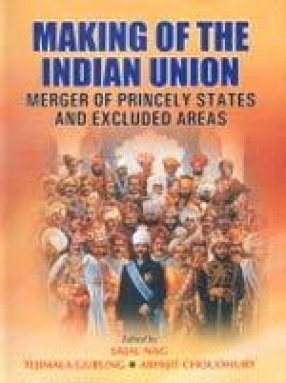
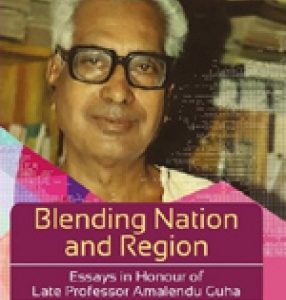
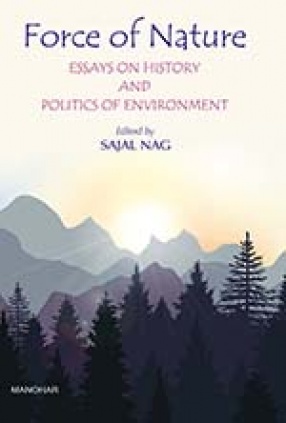
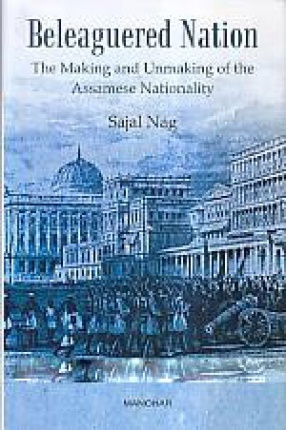
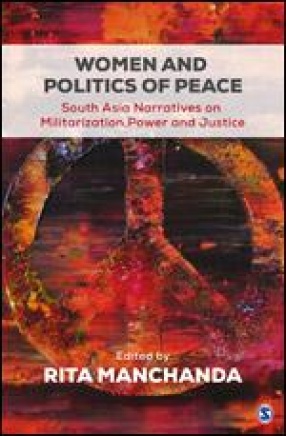
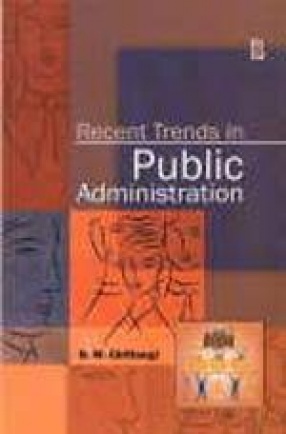

There are no reviews yet.